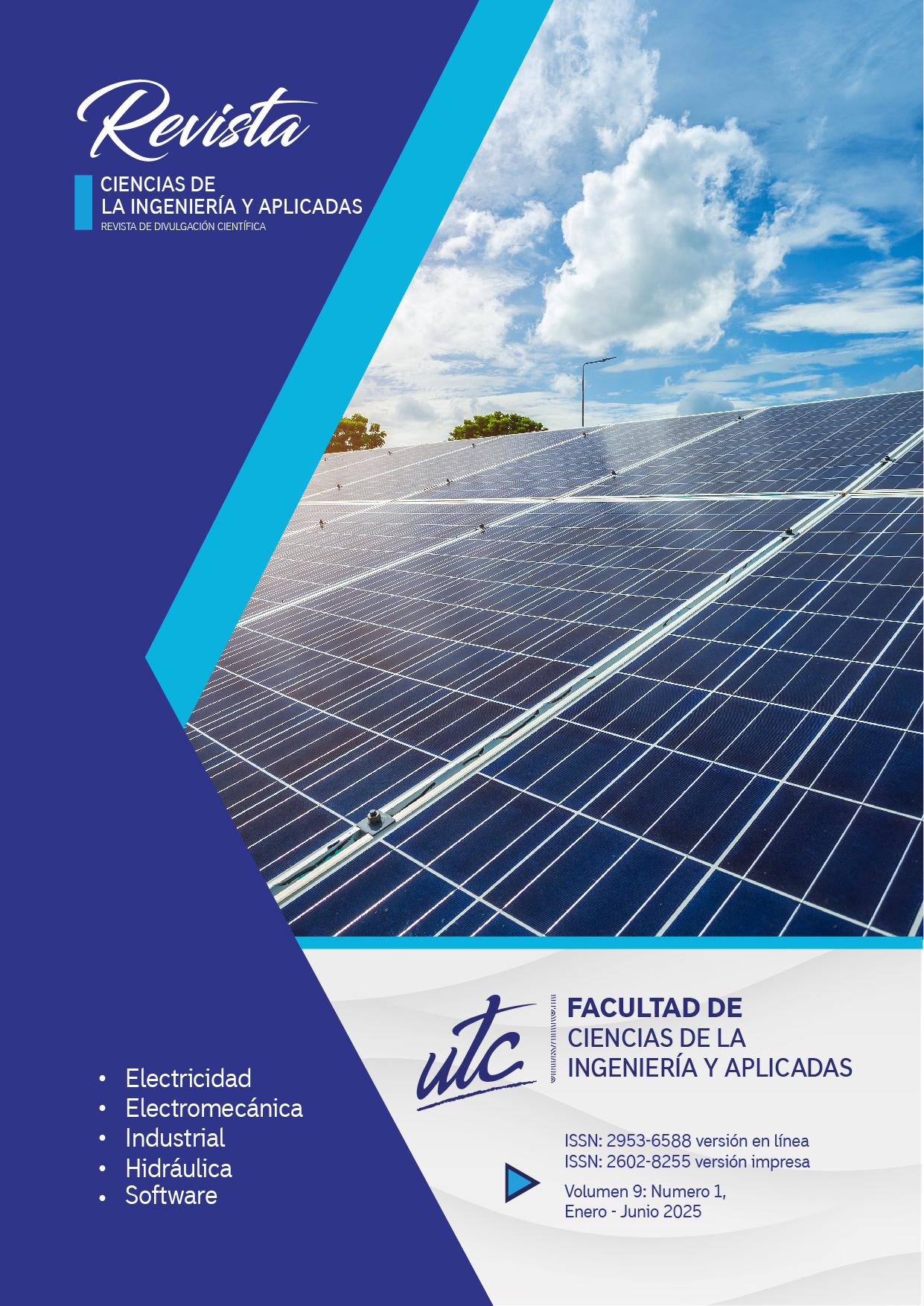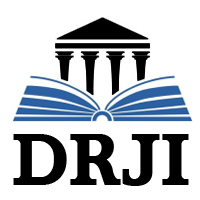Challenges in Road Development and Community Impact in El Chaupi Parish, Ecuador
Abstract
This research analyzes the challenges in road development and their consequences for the residents of El Chaupi Parish, Pichincha Province. A mixed-methods approach was applied, combining interviews to gather data on the difficulties hindering road development and surveys to collect information on the consequences experienced by residents due to the lack of paved roads. The findings highlight that the main obstacles to road development are insufficient funding and poor administrative management, which negatively impact the area's inhabitants, affecting mobility, community development, and other aspects. Based on these results, strategies have been identified to mitigate this problem, such as strengthening intergovernmental cooperation and fostering local participation. This research lays the groundwork for developing such mitigation strategies by understanding the underlying causes of road infrastructure issues in rural contexts.
Downloads
References
[2] K. Ramírez, “Carreteras de Ecuador en mal estado: ¿cuáles son las causas?,” Conexión PUCE, Jun. 13, 2023. [Online]. Available: https://conexion.puce.edu.ec/carreteras-de-ecuador-en-mal-estado-cuales-son-las-causas/. Accessed: Nov. 20, 2024.
[3] R. Gakenheimer, “Los problemas de la movilidad en el mundo en desarrollo,” EURE, vol. 24, no. 72, pp. 0–, 2024. [Online]. Available: https://www.redalyc.org/articulo.oa?id=19607202. Accessed: Nov. 20, 2024.
[4] B. M. Patiño Alzate and C. A. Salazar Hernández, “Proyectos de infraestructura vial e integración territorial,” *Bitácora Urbano Territorial*, vol. 26, no. 2, pp. 79–90, Aug. 2016, doi: 10.15446/bitacora.v26n2.57431.
[5] R. T. Trujillo, “El modelo peruano para el desarrollo de caminos rurales,” *Revista de Ingeniería*, no. 45, pp. 40–51, 2017. [Online]. Available: https://www.redalyc.org/articulo.oa?id=121052004008
[6] J. Kogan and D. Bondorevsky, “La infraestructura en el desarrollo de América Latina,” *Economía y Desarrollo*, vol. 156, no. 1, pp. 168–186, 2016. [Online]. Available: https://www.redalyc.org/articulo.oa?id=425547537012
[7] C. A. Murillo, "Desafíos para el desarrollo de la red vial terciaria en el posconflicto," *Revista de Ingeniería*, no. 45, pp. 32–38, 2017. [Online]. Available: https://www.redalyc.org/articulo.oa?id=121052004007
[8] D. M. Rojas Ardila, “Desarrollo vial en Colombia y el impacto de las vías de cuarta generación,” M.S. thesis, Universidad Militar Nueva Granada, Bogotá, Colombia, 2016. [Online]. Available: https://repository.unimilitar.edu.co/items/38474ef7-01e7-46ac-a9f7-5ac94e13f074. Accessed: Dec. 01, 2024.
[9] S. Caro and B. Caicedo, “Tecnologías para vías terciarias: perspectivas y experiencias desde la academia,” *Revista de Ingeniería*, vol. 1, no. 45, pp. 12–21, Jan. 2017, doi: 10.16924/revinge.45.3.
[10] C. A. Palacios Tovar, “Efecto de la inversión pública en la infraestructura vial sobre el crecimiento de la economía peruana entre los años 2000-2016,” *Ingeniería Industrial*, no. 36, pp. 197–210, 2018. doi: 10.26439/ing.ind2018.n036.2454.
Copyright (c) 2025 Ciencias de la Ingeniería y Aplicadas

This work is licensed under a Creative Commons Attribution-NonCommercial-NoDerivatives 4.0 International License.
The authors who publish in this journal agree to the following terms:
- Creative Commons Attribution-NonCommercial-NoDerivatives License allows others to share the work with acknowledgment of authorship of the work and initial publication in this journal.
- Authors may separately establish additional agreements for the non-exclusive distribution of the version of the work published in the journal (for example, placing it in an institutional repository or publishing it in a book), with an acknowledgment of its initial publication in this journal.
- Authors are permitted and encouraged to disseminate their work electronically (for example, in institutional repositories or on their own website) before and during the submission process, as it can lead to productive exchanges, as well as further citation. earliest and largest of published works (See The Effect of Open Access) (in English).












